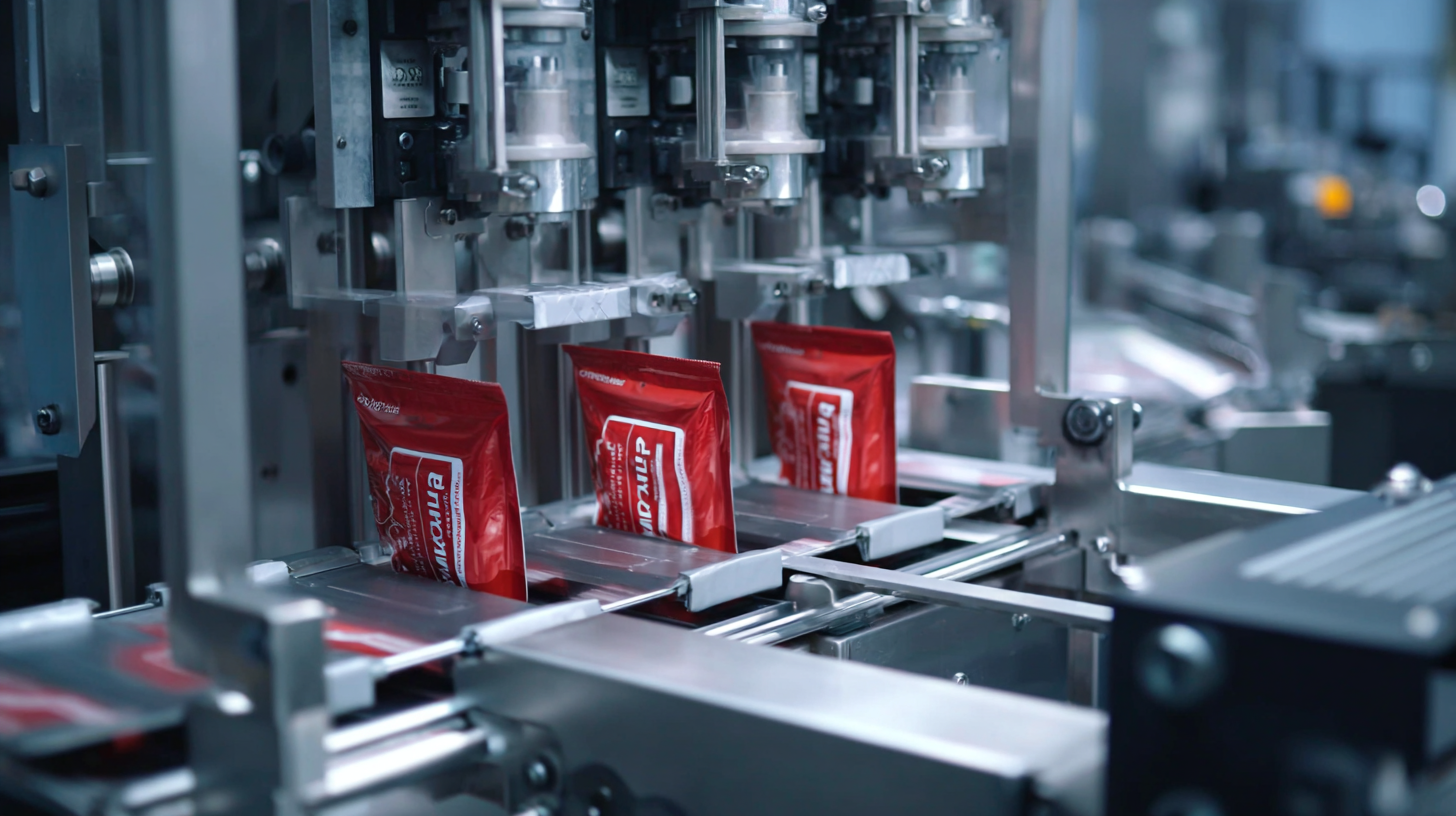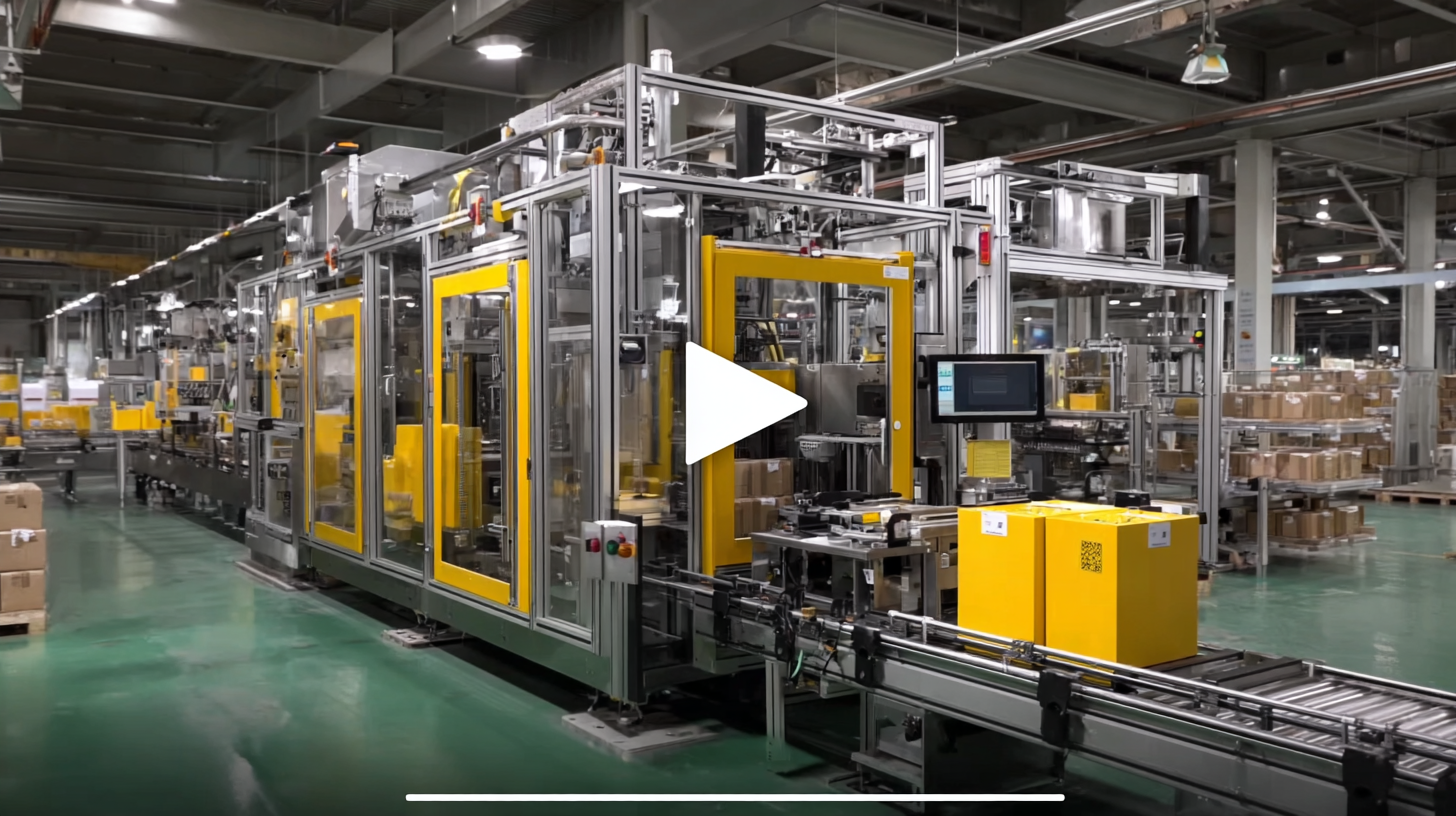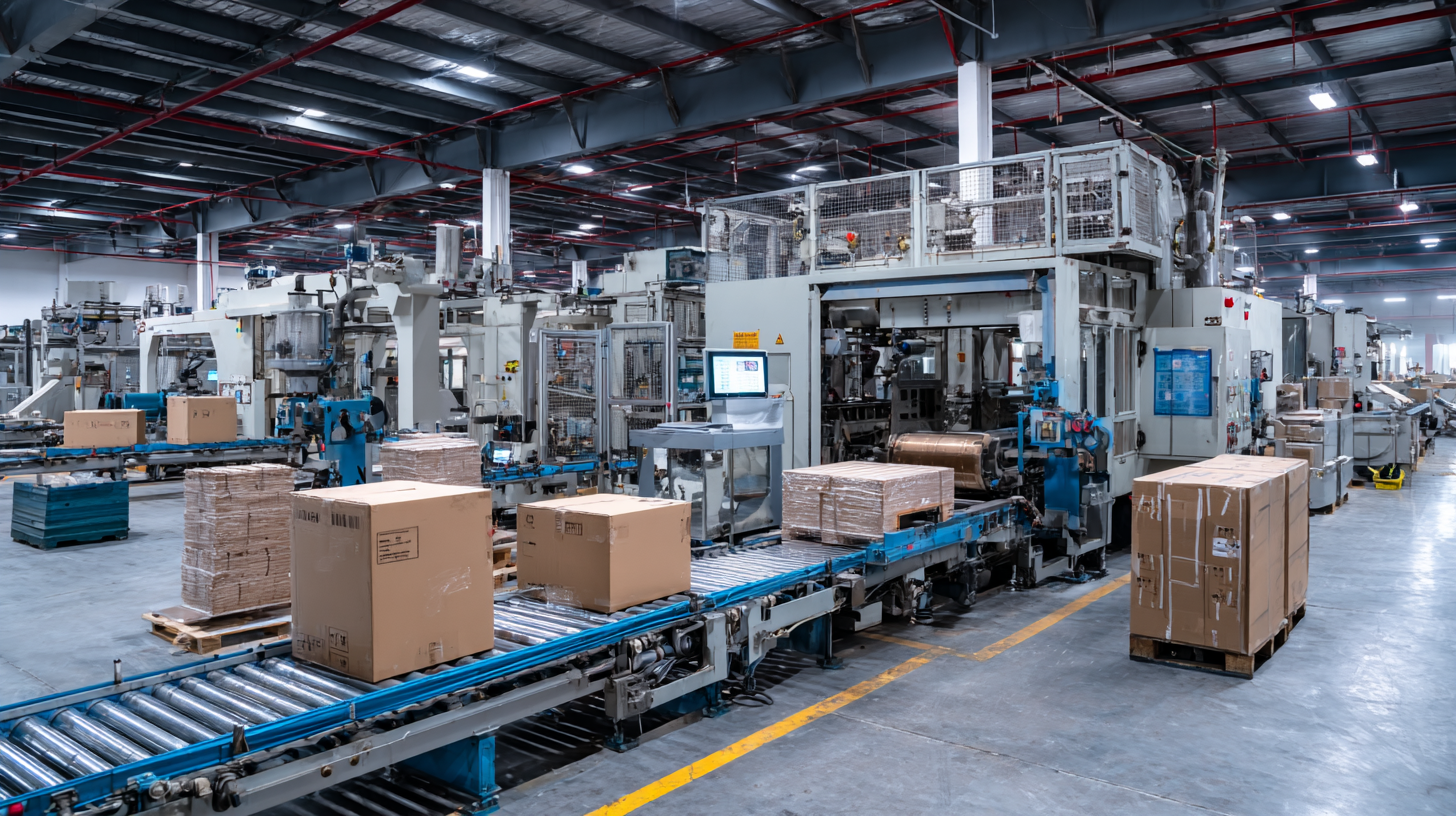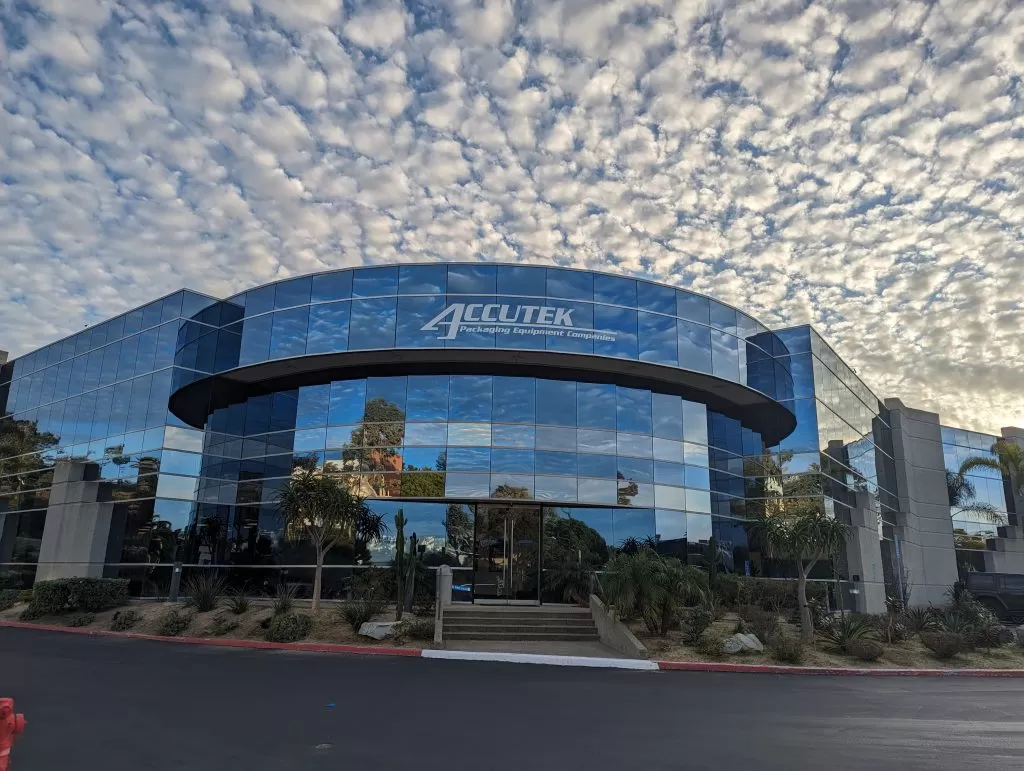In today's fast-paced and competitive market, businesses are increasingly turning to automatic packaging machines to enhance efficiency and reduce operational costs. According to a recent report by Smithers Pira, the global market for automatic packaging machinery is projected to reach $50 billion by 2026, driven by the demand for increased productivity and streamlined processes across various industries. Despite the advantages these machines offer, companies face significant challenges in their implementation and operation. From ensuring compatibility with existing production lines to managing maintenance and downtime, businesses must navigate a complex landscape to fully leverage the capabilities of automatic packaging machines. Additionally, the rapid evolution of technology means that staying ahead of trends and innovations is crucial, making it essential for organizations to strategically consider their packaging solutions in the context of a competitive environment.

Selecting the right automatic packaging machine can be a daunting task for businesses, especially in a highly competitive market. One of the primary challenges is understanding the specific needs of the product being packaged. Different products have unique requirements regarding size, shape, and material compatibility, which means that not all machines are suitable for every type of packaging. Businesses must conduct thorough research and possibly consult with industry experts to ensure that they choose a machine that aligns with their operational goals and product specifications.

Another significant challenge lies in balancing cost with performance. While it may be tempting to opt for the cheapest option available, investing in a high-quality machine that offers efficient operation and minimal downtime can lead to long-term savings. Moreover, companies need to consider the scalability of the packaging solution. As market demands change and businesses grow, it is crucial to select a machine that can adapt to future needs without requiring a complete overhaul of the packaging line. Therefore, understanding both initial and long-term costs, as well as potential upgrades, is vital in the decision-making process.
In today’s fast-paced market, the impact of rapid technological change on packaging efficiency and reliability cannot be overstated. As businesses strive to maintain a competitive edge, they must adapt to evolving technologies that enhance automatic packaging machines. These advancements not only streamline operations but also significantly reduce the likelihood of errors, which is crucial in a landscape where precision is demanded. However, with constant innovation, businesses face the challenge of keeping their equipment up-to-date, often requiring substantial investment and training.
Moreover, the integration of smart technology into packaging systems presents both opportunities and hurdles. While the implementation of IoT and AI can optimize packaging processes, ensuring that machines are functioning at peak performance, businesses must also navigate the complexity of these systems. As packaging machinery becomes more sophisticated, the learning curve increases, necessitating ongoing staff training and support to harness the full potential of these technologies effectively. This delicate balance between technological advances and operational capabilities is essential for companies aiming to thrive in a competitive environment.
As businesses strive to enhance their operational efficiency, the implementation of advanced automatic packaging machines has become a pivotal focus in competitive markets. However, the cost implications associated with these sophisticated solutions can be substantial. According to a report by Smithers Pira, the global market for automatic packaging machinery is expected to reach $50 billion by 2025, underscoring the growing necessity for businesses to invest in more efficient packaging systems to stay competitive.
While the initial investment in automatic packaging machinery can be daunting, companies must consider the long-term cost benefits. A 2021 study by a leading industry analyst revealed that businesses employing advanced packaging technologies reported a 25% reduction in labor costs and a 30% increase in production speed. These figures highlight that, despite the upfront expenditure, the operational efficiencies gained can lead to significant savings over time, allowing companies to better allocate their resources in other critical areas of their business.
In addition, the rising demand for sustainable packaging solutions further complicates cost calculations. According to a survey by Packaging Digest, 66% of consumers are willing to pay more for sustainable packaging, prompting firms to invest in eco-friendly packaging technologies. Thus, while the cost implications of implementing these advanced automatic packaging machines may be significant, the alignment with consumer preferences and operational efficiencies can ultimately foster a more sustainable competitive advantage.
This chart illustrates the cost implications associated with implementing advanced packaging solutions in a competitive market. The data reflects common challenges faced by businesses, specifically focusing on four key areas.
In the competitive landscape of modern manufacturing, businesses increasingly rely on automatic packaging machines to enhance efficiency and streamline operations. However, this reliance introduces a complex dilemma: balancing quality and speed. Companies often find themselves grappling with the need for rapid production cycles while ensuring that their packaging meets stringent quality standards. This trade-off becomes particularly challenging as consumer expectations evolve towards higher quality and more sustainable practices.
For instance, while rapid packaging systems can significantly increase output, they may compromise the integrity of the product's presentation and protection, leading to potential detractors from consumer satisfaction. This situation reflects broader industry challenges, similar to the supply chain dilemmas faced by fast fashion brands. These businesses need to navigate the tightrope between maintaining cost efficiency and adhering to sustainable practices. As the market continues to push for speed, automatic packaging systems must evolve, integrating advanced technologies that allow them to meet these conflicting demands without sacrificing either aspect. This balancing act remains a critical task for companies aiming to maintain their competitive edge.

In today's competitive market, businesses that rely on automatic packaging machines must be acutely aware of the ongoing supply chain disruptions that can significantly impact their operations. The recent strikes by dockworkers on the East and Gulf coasts exemplify how labor disputes can ripple through entire supply chains, causing delays and affecting the availability of essential materials. This situation is particularly critical for the packaging industry, where timely access to materials directly influences production schedules and customer satisfaction.
Moreover, the uncertainty surrounding raw material prices has forced companies to adapt rapidly. Many organizations are reevaluating their supplier relationships and implementing new risk management strategies to mitigate the impacts of these disruptions. As energy prices fluctuate and consumer expectations evolve, businesses must navigate the complexities of supply chain management with agility. The landscape is further complicated by the transition towards sustainable practices, as companies strive to balance cost-efficiency with environmental considerations. The path ahead may be challenging, but those who can effectively manage these dynamics will position themselves for success in an increasingly unpredictable market.
Accutek Packaging Equipment Companies, Inc. stands as one of the premier privately owned packaging machinery manufacturers in the United States.

Sign up for all the news about our latest arrivals